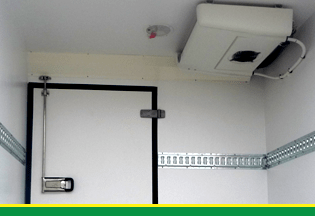
Situation
Assistant Sales Managers (ASM) and the Distributors placed order with the CFA as and when required. Once the order is placed, the status is available on the order w.r.t. the date and time when the delivery will reach and the fill rate / quantity received, was known only when the delivery reached the customer. This affected further commitments from Distributors to the retailers and impacted subsequent orders. Since the retail purchase of the products, is driven by impulse, absence of product in the shelf means loss of sales.
They needed a system wherein the status of order with respect to delivery and SKU level quantity is tracked.


Solutions Strategy
The need was felt for information travel, faster than the product travel. Though the whole system worked on SAP, manual intervention was required with respect to information recorded outside SAP. Following steps were taken to keep complete visibility with Sales Team w.r.t. to the order placement to dispatch and delivery status:
- Ordering and Delivery scheduled on selected days of the week for a distributor based on Distributor sales volume and trend.
- Immediately after taking order, the CFA Order Taker will check the stocks and get back to the Distributor/ASM confirming what is available and what is not. If Distributor/ASM wants to take a substitute against what is not available, the order is revised with the substitute products.
- An order status report was published every day at 8.00 am and 8.00 pm, giving details on time and quantity of order placed/picked/dispatched/delivered. Every order placed during the day would be captured in this report along with the status.
- Every time an order is dispatched from the CFA, an SMS with the truck number and time of dispatch is sent to the Distributor and ASM.,
- Every evening at 7.00 pm, SKU level fill rate report is published to all the ASMs, which informed them in advance, what is not coming, and what can substitute.
- While the emphasis for a better fill rate was by managing inventory better, the need for the above steps were felt.
Results
- Fill rate went up from 70% to 95% against the amended orders.
- Transparency of order status enabled the Distributors to commit to retailers on stock delivery timelines.
- Transparency of fill rate helped the distributors to push stocks, which are available as substitutes, rather than lose sales on what is not available.
- Overall, helped in pushing ups sales.








